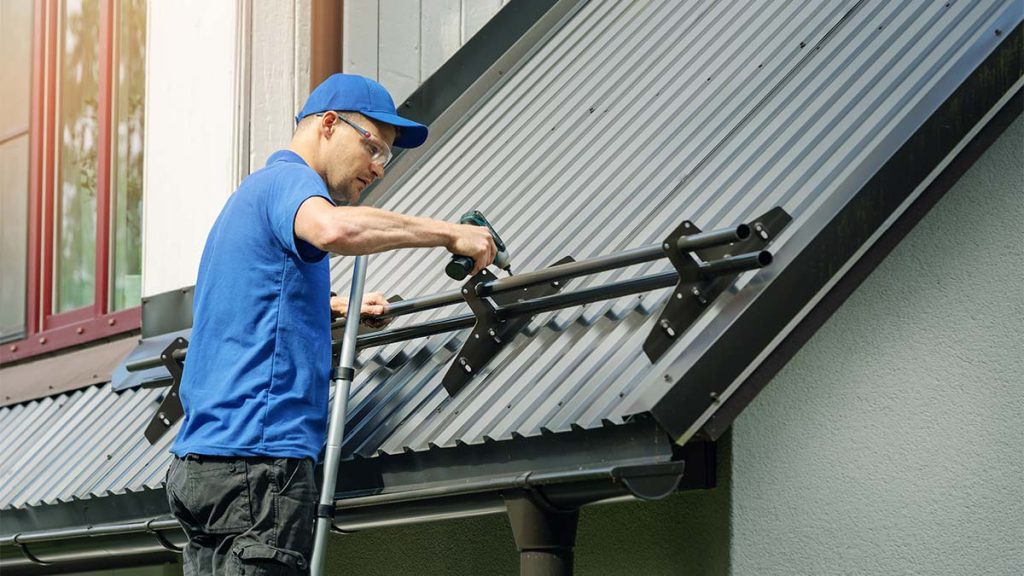In Southeast Texas, The lifespan of a roof is a critical consideration for house owners, where weather conditions can be harsh and unpredictable. Understanding the life span of roof in Texas is essential for maintaining a safe and secure home environment in this region. In this article, we discuss the signs indicating a roof replacement is needed and prevention measures to extend the roof’s life span.
The Average life of a roof in Texas normally span fifteen to twenty years on average. However, this may change based on variables including the environment, the quality of the materials, installation, and upkeep. Carefully maintained roofs may last longer than this average, but carelessness or bad weather can shorten it. A roof that fails too soon may be the result of poor installation.
To increase a roof’s longevity, regular care is essential. This includes cleaning, repairs, and inspections. Neglecting maintenance might lead to minor difficulties turning into serious concerns.
Signs That Your Roof Needs to Be Replaced

Recognizing the indicators that your roof requires replacement is important for preventing costly repairs and maintaining your home’s safety.
The following are some typical warning signs to be aware of:
- Age: If your roof is approaching or is beyond the typical life expectancy of 15 to 20 years in Southeast Texas, it may be time to replace it.
- Missing or Damaged Shingles: Missing, cracked or curling shingles are symptoms of roof wear and may require repair. Broken or damaged shingles make it harder for the roof to keep out water and can cause leaks.
- Leaks or Water Damage: If you notice water stains on your walls, ceiling, or attic, you may have a leaky roof, which has to be fixed right away. Persistent leaks can lead to structural damage and mold growth.
- Sagging or Drooping: A sagging roofline indicates structural worsening, such as compromised rafters or decking, and requires immediate replacement to avoid collapse.
- Excessive Granule Loss: Asphalt shingles shield the roof from UV radiation and extreme weather. Granule accumulations in gutters or bald patches on shingles are signs of excessive granule loss, which indicates that it’s time to replace the shingles.
- Mold or mildew growth: If you see mold or mildew growing on the roof or in the attic, it means that water is getting in. This is usually because the roof is damaged or there isn’t enough airflow.
Addressing the underlying issue by replacing the roof may be essential.
Preventive measures
To prevent further mold growth and structural damage, there are some preventative steps to maintain the average life of a roof in Texas that help it last longer and reduce the need for premature replacement. The following are some preventative steps to take:
- Scheduling routine inspections by licensed roofers will help you see possible problems early and take quick action to fix them.
- Regular maintenance will keep your roof clear of debris and help prevent water buildup and damage by trimming overhanging trees and frequently clearing your gutters.
- Minor problems, such as chipped shingles or tiny leaks, should be fixed right away to avoid getting worse and causing more extensive damage.
- To assure your roof’s endurance and durability invest in expert installation by skilled roofing contractors that use high-quality materials.
In Conclusion, House owners in Southeast Texas may extend the life of their roofs and safeguard their investment in their properties by being attentive, proactive, and quick to repair problems.
